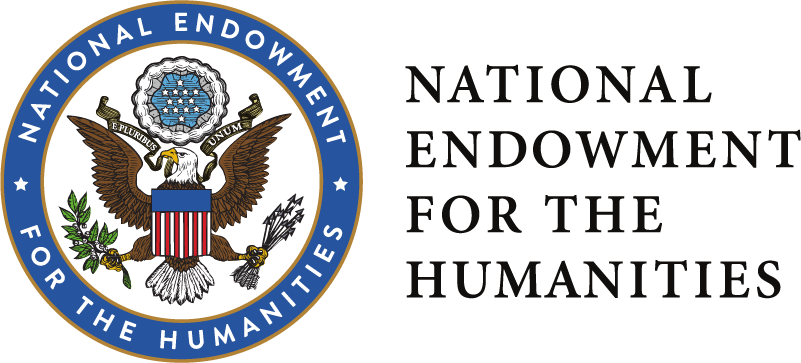Label TextThe retablos ayacuchanos, or altarpieces from the Peruvian department of Ayacucho, have a rich and complex history dating back to the period of Spanish colonization (ca. 1532–1825). Retablos historically housed Christian icons and were used for private devotion and protection of the home. Beginning in the mid-twentieth century, retablo artists began creating works with diverse themes and selling to an export market. These three retablos are by the master retablista Nicario Jimenez Quispe. The retablo at the forefront depicts the Yawar Fiesta, a ceremony where a condor is tied to the back of a bull, with the condor trying to free itself. This event is considered as a symbolic re-enactment of Peru’s liberation from Spanish rule.
Los retablos ayacuchanos tienen una historia rica y compleja que se remonta a la época virreinal (ca. 1532–1825). Los retablos históricamente contenían íconos cristianos y se utilizaban para la devoción privada y la protección del hogar. A mediados del siglo XX, los retablistas comenzaron a crear obras con temas más diversos y los retablos ayacuchanos llegaron al mercado de exportación. Estos tres retablos son del maestro Nicario Jimenez Quispe. El retablo al frente representa el Yawar Fiesta, una ceremonia donde un cóndor se amarra al lomo de un toro, con el cóndor intentando liberarse. Este evento se considera una recreación simbólica de la liberación del Perú del dominio español.
(LA, 2022)
 This resource has been made possible in part by the National Endowment for the Humanities: Exploring the Human Endeavor.
This resource has been made possible in part by the National Endowment for the Humanities: Exploring the Human Endeavor.
 This resource has been made possible in part by the National Endowment for the Humanities: Exploring the Human Endeavor.
This resource has been made possible in part by the National Endowment for the Humanities: Exploring the Human Endeavor.